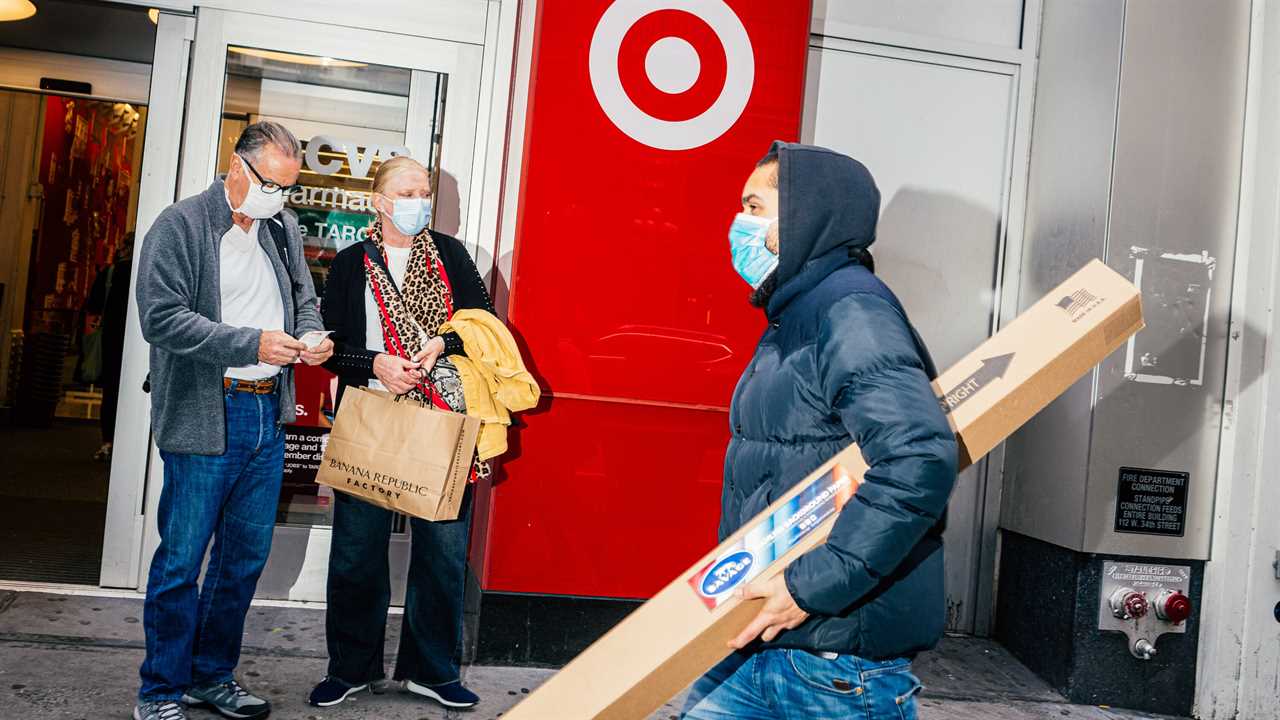
Annual inflation is climbing at the fastest pace in three decades in the United States, keeping pressure on the Federal Reserve and the White House as they try to calibrate policy during a tumultuous period marked by widespread supply shortages, solid consumer demand and quickly rising wages.Prices climbed by 4.4 percent in the year through September, according to the Personal Consumption Expenditures price index data released Friday. That beats out recent months to become the fastest pace of increase since 1991.Prices climbed 0.3 percent from August to September, in line with what economists expected and slower than rapid numbers posted earlier in the summer. Policymakers may take that as a sign that inflation was moderating coming into the fall, but the fact that the Fed’s preferred inflation gauge remains elevated on an annual basis will keep Washington and Wall Street keenly focused on inflation numbers in the weeks and months ahead.The new data come ahead of a Fed meeting next week, at which the central bank will provide an update on its latest thinking about price increases. It is also widely expected to announce its plan to begin pulling back some pandemic-era support for the economy.As policymakers parse the latest figures, rising wages are likely to add to their nervousness. Pay and benefits picked up rapidly for working Americans in the three months through September, separate data released Friday showed, and especially for employees in service occupations. Surging pay is good news for employees but could spur employers to continue hiking prices as they try to cover rising labor costs.The current pace of inflation has become an uncomfortable political problem for President Biden and has created a delicate balancing act for the Fed, which is still trying to coax the labor market back to full strength. Employers may be struggling to fill jobs today and raising pay to compete for workers, but that seemingly tight labor market belies a more complicated reality. Many would-be employees remain on the labor market’s sidelines, likely because of concerns about the virus and child-care issues, and policymakers want to make sure that the economy is strong and jobs are available when they are ready to return.“The big question for the Fed is: How much of this is really transitory and how much of this is here to stay?” said Gennadiy Goldberg, a senior U.S. rates strategist at TD Securities.The answer should become clearer with time. The Fed is closely watching to see how quickly workers will return to the job market — or if some share of them never come back. Policymakers also waiting to see what happens as consumers spend down savings stockpiles built up during the pandemic and return to more normal living patterns, spending more on airplane tickets and theater dates and less on living room furniture and home office equipment.Whether things get back to normal in time to keep longer-run inflation in check is perhaps the most pressing question facing U.S. economic officials as the economy grinds through a halting pandemic reopening.Jerome H. Powell, the Fed chair, has increasingly acknowledged that inflation is lasting longer than central bankers had expected. Fed officials believe inflation will fade as supply chain snarls unravel and consumer demand for goods cools, but it remains unclear when that will happen. Janet L. Yellen, the Treasury secretary, has predicted that rapid price jumps will cool by later next year.The inflation data released on Friday confirmed what more-timely measures like the Consumer Price Index had already shown: For now, price gains remain unusually brisk. Supply chains are struggling to keep up with strong demand, thanks to virus-tied factory shutdowns, clogged ports and a shortage of transit workers, among other factors. It is hard to buy a kitchen table or a used car, and the prices of many goods have jumped sharply.Demand has yet to drastically fade. Personal spending continued at a solid pace in September, data released on Friday showed, climbing 0.6 percent from August — slower than the prior month, but in line with what economists had expected.Spending could moderate in the months ahead as federal stimulus dries up and households deplete savings that they built up during the pandemic. A measure of incomes that includes benefit payments decreased 1 percent last month as more-generous unemployment payments expired and other pandemic relief programs slowed or stopped payouts. The personal savings rate also fell to 7.5 percent, down sharply from recent months and roughly where it stood before the onset of the pandemic.But just as government help wanes, labor income is climbing faster.Americans are earning more from work, data released Friday showed: A measure of employment costs thatBy: Jeanna Smialek
Title: The Fed’s favorite inflation index remained at 30-year high as pay surged.
Sourced From: www.nytimes.com/2021/10/29/business/economy/september-pce-inflation.html
Published Date: Fri, 29 Oct 2021 21:24:06 +0000
Read More
Did you miss our previous article...
https://badpoliticians.com/us-politics/democrats-plan-to-restructure-legal-immigration-focuses-on-green-card-backlog
 UK PoliticsWorld PoliticsVideosPrivacy PolicyTerms And Conditions
UK PoliticsWorld PoliticsVideosPrivacy PolicyTerms And Conditions
